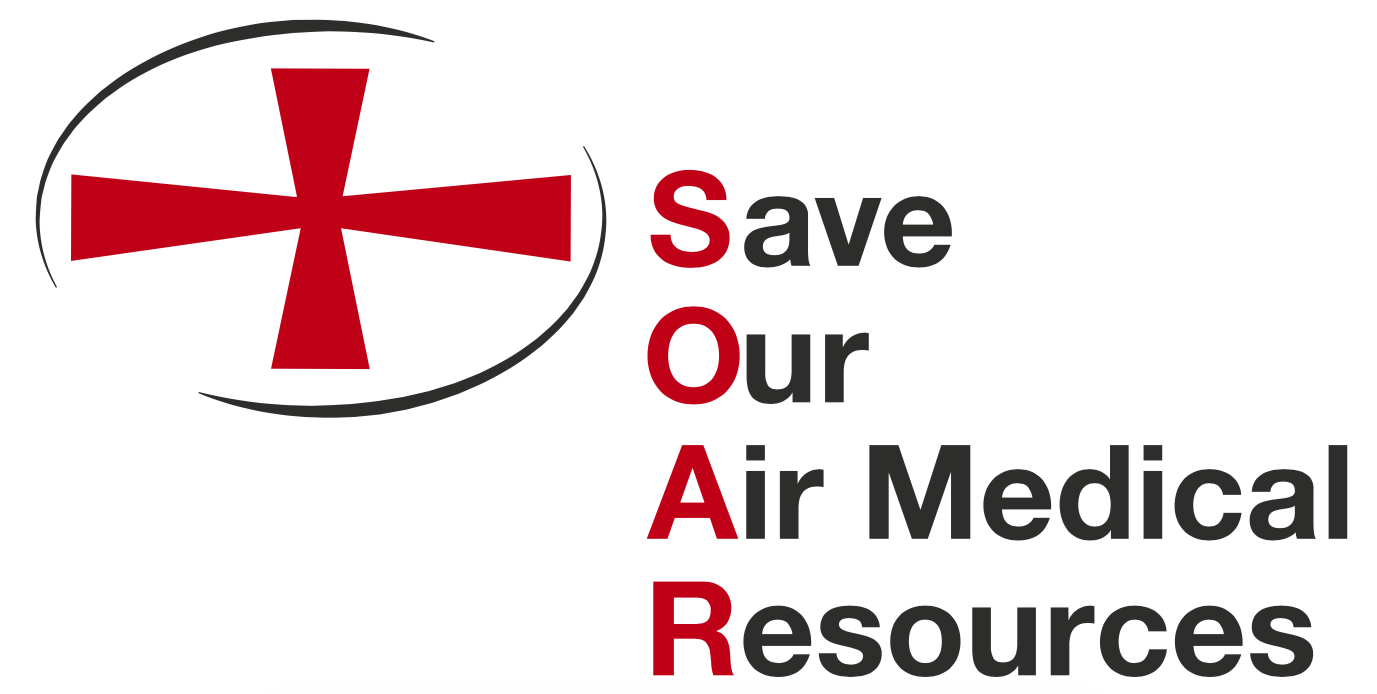Bringing private insurance providers in-network.
While many private insurers do reimburse at or close to full cost, certain insurers are arbitrarily lowering reimbursement and refusing to recognize the true cost of service.
In-network provider agreements should be encouraged and narrow insurance networks should be prevented.
The industry has made significant strides in bringing air medical in-network, however, it is not enough. Currently, less than 25 percent of all air medical flights are in-network. This means the vast majority of air ambulance patients are not covered by their insurance.
The SOAR Campaign hopes more health insurers will begin to work cooperatively with air medical providers to bring this life-saving service in-network. Large-scale in-network agreements will protect patients while narrow networks will protect the profits of insurance companies.
A study conducted in Montana showed that bringing air medical services in-network raised member premiums by only $1.70 per month.
Operating in a dual-regulatory environment.
The air medical community exists at the nexus of healthcare and aviation, two of the most highly regulated industries in the U.S.
Air medical services have taken action to not only maintain compliance but to exceed compliance standards through proactive voluntary efforts.
We support preserving the Airline Deregulation Act’s federal jurisdiction over the air medical industry.
